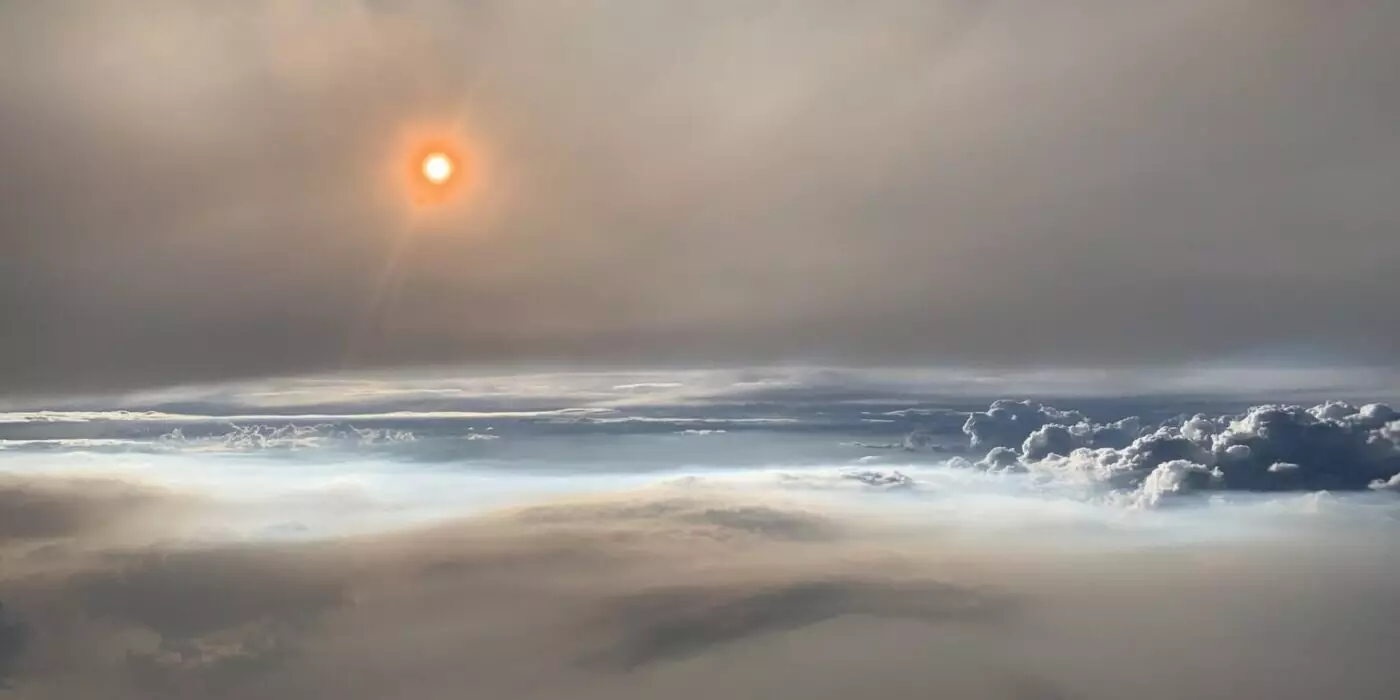As the Earth continues to warm, the frequency and intensity of wildfires are increasing at an alarming rate. These conflagrations not only devastate ecosystems but also release significant amounts of pollutants into the atmosphere. Among these pollutants, black carbon is particularly concerning. Known for its heat-trapping abilities, black carbon contributes to atmospheric warming, acting as a powerful short-lived climate forcer. Understanding the dynamics of these emissions, particularly those associated with pyrocumulonimbus (pyroCb) clouds, is increasingly urgent as our climate changes.
Puzzle of Pyrocumulonimbus Clouds and Their Effects
PyroCb clouds arise from intense wildfires, influencing weather patterns and climate systems in ways that are still not fully understood. As these towering storm systems inject smoke and particulate matter into the upper reaches of the troposphere and lower stratosphere, they can persist for months and pose multiple challenges for atmospheric scientists. Recently, researchers at Washington University in St. Louis have shed some light on the complex relationship between black carbon and these extreme weather phenomena.
The researchers, led by Rajan Chakrabarty, have focused on quantifying the radiative effects of black carbon emitted from these supercharged wildfire clouds. Their work emphasizes the need for direct measurement techniques in comprehending how these particles affect climate dynamics.
Significant Findings on Black Carbon Emission
The team’s findings reveal that black carbon emitted from pyroCb events absorbs visible sunlight significantly more than black carbon particles generated from smaller fires or urban pollution sources. Contrary to previous assumptions, which may have underestimated the warming potential of black carbon from pyroCb clouds, this research indicates that these particles could absorb solar energy twice as effectively. This knowledge carries implications for climate models, which may need recalibration to account for the additional warming effects posed by these specific emissions.
By utilizing advanced measurement techniques and a sophisticated single-particle optics model, the researchers assessed the absorption properties of black carbon with unprecedented precision. This study changed the game by providing new insights into how black carbon behaves differently within the swirling masses of pyroCb clouds compared to other sources.
The Global Significance of Black Carbon from PyroCbs
The implications of these discoveries extend beyond regional concerns. Chakrabarty notes that black carbon from pyroCb events in places like Canada and Australia doesn’t just linger in local environments but can traverse vast distances, affecting climate systems worldwide. Current estimates suggest that these thunderstorms are responsible for as much as 25% of black carbon present in the lower stratosphere. The atmospheric wrinkles caused by these particles have the potential to alter circulation dynamics across hemispheres—profoundly shaking the balance of our atmospheric systems.
The intricate dance between wildfires, climate change, and atmospheric dynamics paints an alarming picture. As scientists gather more data, it is evident that wildfires cannot be merely categorized as local events; their ramifications ripple out, affecting global temperature and weather patterns.
The Path Ahead for Climate Research
Chakrabarty’s research team emphasizes the need for more comprehensive studies as they prepare to delve deeper into the behavior of black carbon in the stratosphere. There’s a collective urgency among scientists to gain a clearer understanding that goes beyond mere observation. Direct measurements of pyroCb-associated black carbon, particularly in terms of their light absorption capacities, are essential for refining climate models that project future climate scenarios.
As knowledge grows about these powerful atmospheric agents, the hope is to better predict their influence on global warming. The time is critical: with wildfires expected to escalate, tuning into the behavior of these extreme weather phenomena can lead to important insights and strategies necessary for mitigating their impacts.
This increasingly urgent investigation underscores the complexity of climate change and how intertwined human activity, environmental degradation, and extreme weather phenomena are. As the heat continues to rise, we must grapple with the realities of our changing climate and the troubling implications for the decades to come.


Leave a Reply